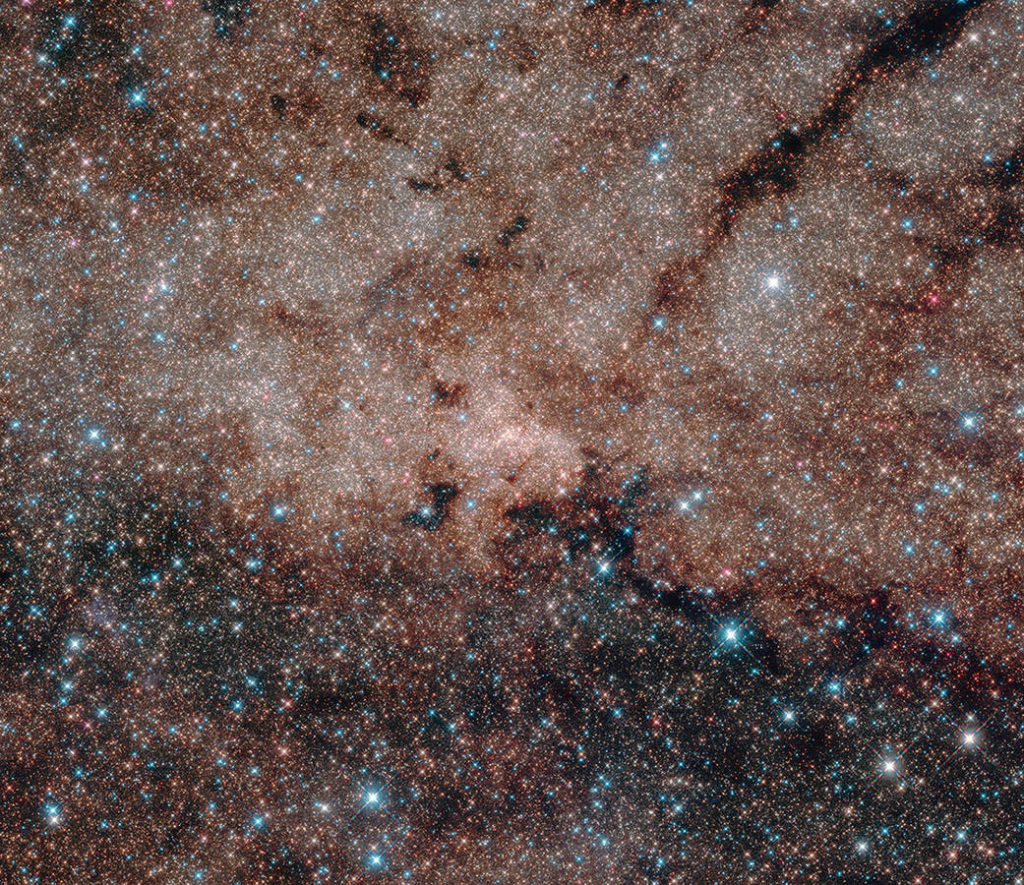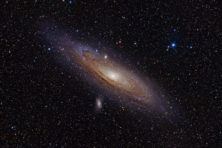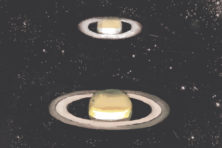Eye on the Night Sky: Preserving Door County’s Night Sky
- Share
- Tweet
- Pin
- Share

By John J. Beck, Door Peninsula Astronomical Society
On Sept. 20, 2016 the Door County Astronomical Society joined with the Door County Environmental Council to host Kevin Poe, “Dark Ranger,” to speak to 90 people at the John and Helen Collins Learning Center at the Crossroads at Big Creek on the topic of Preserving Our Dark Skies. Poe also spoke at several schools in Door County during the day.
The program was timely as Newport State Park is anticipating designation as a Dark Sky Park by the International Dark-Sky Association (IDA). Michelle Hefty, park manager at Newport State Park, reported that the IDA would have awarded Silver status with the information they have, but Hefty is holding out for Gold. Star counts are being arranged in an attempt to accomplish this.
Dark night skies are a special aspect of the Door County environment. DPAS members are reminded of this when, for example, night sky viewing is shared with students and staff of Birch Creek Music Performance Center after a concert. Many people who have never seen the Milky Way from their home locations are wowed by what can be seen with unaided vision, then blown away by seeing the Galilean moons of Jupiter, the rings of Saturn, and various nebulae, star clusters and galaxies through binoculars and member telescopes. People travel for miles to Door County, including to Newport State Park, to watch meteor showers.

This shot from the NASA/ESA Hubble Space Telescope shows a maelstrom of glowing gas and dark dust within one of the Milky Way’s satellite galaxies, the Large Magellanic Cloud. Image credit: ESA/Hubble & NASA.
Preserving what we have is important to many stakeholders. Local governments are faced with decisions such as lighting ordinances and street lighting choices. Business owners would do well not to bite the hand that feeds them; lighting buildings and signs are choices they make which not only influence the night sky but also safety and the cost of energy to power the lights. Birders and other nature advocates are concerned about the effects of “good” vs. “harmful” lighting on wildlife. Homeowners can be affected by light trespass from neighbors or might be causing annoyance to their neighbors.
But we can do better. We can become informed about choosing lighting which is not wasted, does not diminish the darkness of the sky, does not cause annoying glare, does not unnecessarily waste energy, and provides better safety than lighting which is much brighter but causes dangerous shadows. Resources are available from the IDA as well as visiting iamthedarkranger.com. Readers who have questions may email [email protected] and we will provide answers or point the reader to sources for the answers.
Join DPAS at 7 pm on Tuesday, Oct. 4 for a featured presentation on Saturn’s Rings followed by the “Viewing Target of the Month,” presented by David Lenius. The meeting takes place at the Astronomy Center, 2200 Utah St. in Sturgeon Bay.
“Eye On the Night Sky” is a monthly column by the Door Peninsula Astronomical Society. For more information on the organization, visit DoorAstronomy.org.




